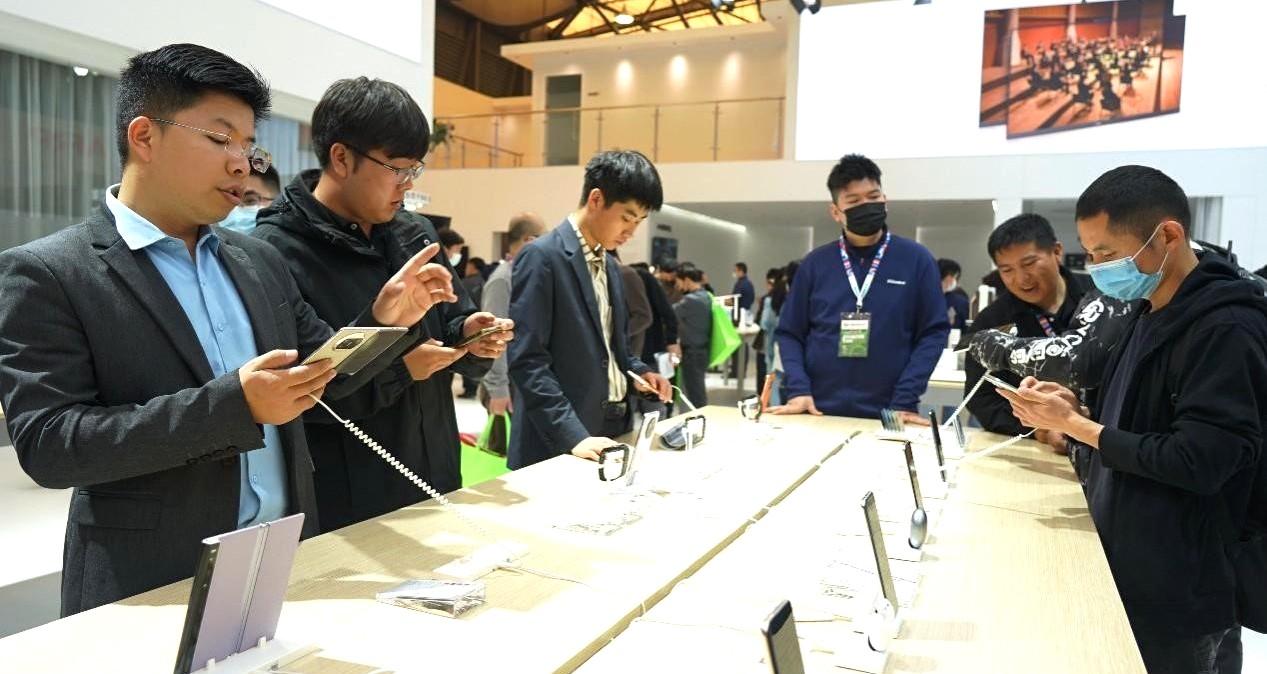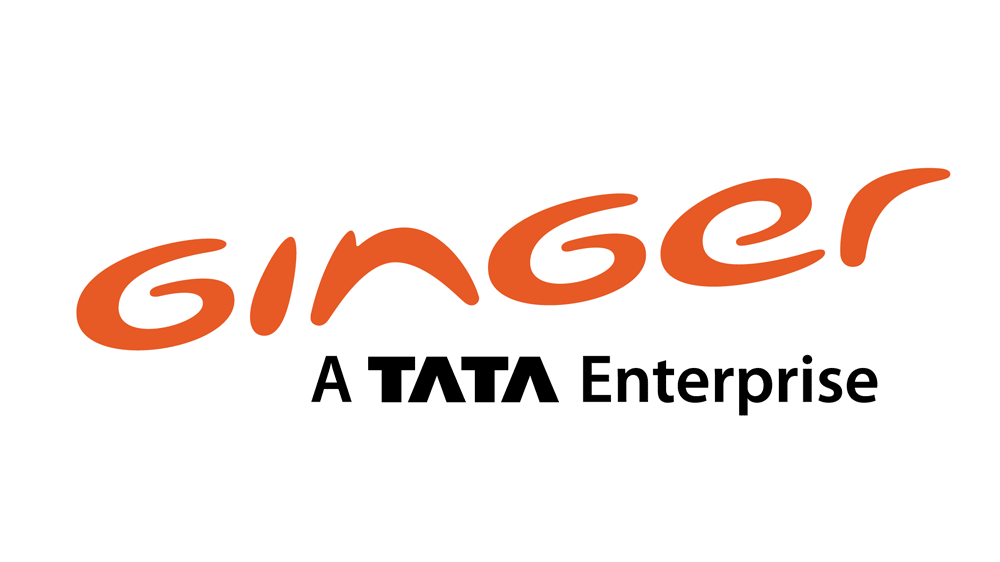By Li Jie
This year, the Chinese consumption market has witnessed a flurry of new product launches across various sectors, showcasing the dynamic and ever-evolving nature of consumer preferences. Notable additions include Huawei’s P60 smartphone, Jo Malone’s Blossoms Collection perfume, collaboration T-shirts by UNIQLO, and the latest vehicle models from Chinese carmakers BYD, GAC Group, and NIO.
Consumers have expressed their enthusiasm for these new arrivals, stating that they form a significant part of their purchasing choices and ignite their passion for consumption. Many consumers actively follow their favorite brands to stay updated on new product launches and are frequently tempted by novel features, designs, and experiences.
Statistics from Tmall, a prominent online marketplace under Alibaba Group, reveal that one in six Chinese online shoppers currently purchases newly released products. Last year, over 50,000 newly launched products on Tmall achieved a turnover of more than 1 million yuan ($139,975), indicating a thriving market for innovation. Additionally, 500 brands achieved over 100 million yuan in sales of new products, setting a record high.
These impressive figures are a testament to the remarkable speed at which enterprises are launching new products in the Chinese market. Companies like Panasonic offer nearly 3,000 home appliance models in multiple product lines, with new products constituting around 10 percent of major appliances and over 20 percent of small appliances.
China boasts the world’s largest and fastest-changing home appliance market, characterized by intense competition and heightened demand for product updates driven by the e-commerce sector. Manufacturers recognize that continuous research and development are essential to keep up with the rapid changes and evolving preferences of Chinese consumers.
Product launches on Tmall experienced a significant year-on-year increase of 137 percent in 2022, with the motorcycle equipment and ready-to-cook meal sectors witnessing growth rates exceeding 500 percent and 300 percent, respectively. In niche categories like kids’ toys and pet supplies, sales of new products doubled, surpassing 10 billion yuan.
New products play a vital role in promoting brand development, setting consumption trends, attracting new consumers, and sustaining enterprise profits. Notably, successful new products and brands in China are also making their mark in the global market, gaining popularity worldwide.
Young Chinese consumers wield considerable purchasing power and place importance not only on product quality and functionality but also on aesthetics, which creates opportunities for innovation. E-commerce platforms serve as invaluable “test fields” for new products, allowing manufacturers to obtain feedback and insights swiftly, leading to more agile supply chains and co-creation possibilities. Collaboration with Tmall enabled American chocolate brand Dove to develop two new products – black chocolate crisp and chocolate and cheese crisp – in record time, with the former becoming a best-selling item within days of its launch. The partnership shortened Dove’s R&D cycle, facilitating swift and targeted product development.

Tourists buy duty-free commodities in a duty-free mall in Haikou, south China’s Hainan province. (Photo by Su Bikun/People’s Daily Online)
In response to the fast-paced Chinese market, some enterprises are not only focusing on new product launches but also developing comprehensive marketing methodologies. These approaches involve understanding consumer demands, creating consumer portraits, fostering co-creation capabilities, optimizing products, and implementing effective market promotions.
Executives across various industries have recognized the receptiveness of Chinese consumers to innovative products, positioning China as a potential global source of consumer goods innovation. Consumers are becoming more discerning, prioritizing health and non-material aspects, indicating the direction brands should take in the future. The Chinese market’s continuous growth and dynamism offer opportunities for businesses to thrive by meeting evolving consumer preferences.
Disclaimer: The opinions expressed in this article are those of the authors. They do not purport to reflect the opinion or views of the Mumbai Messenger Editorial team.

Editor in Chief : Mewati SItaram











